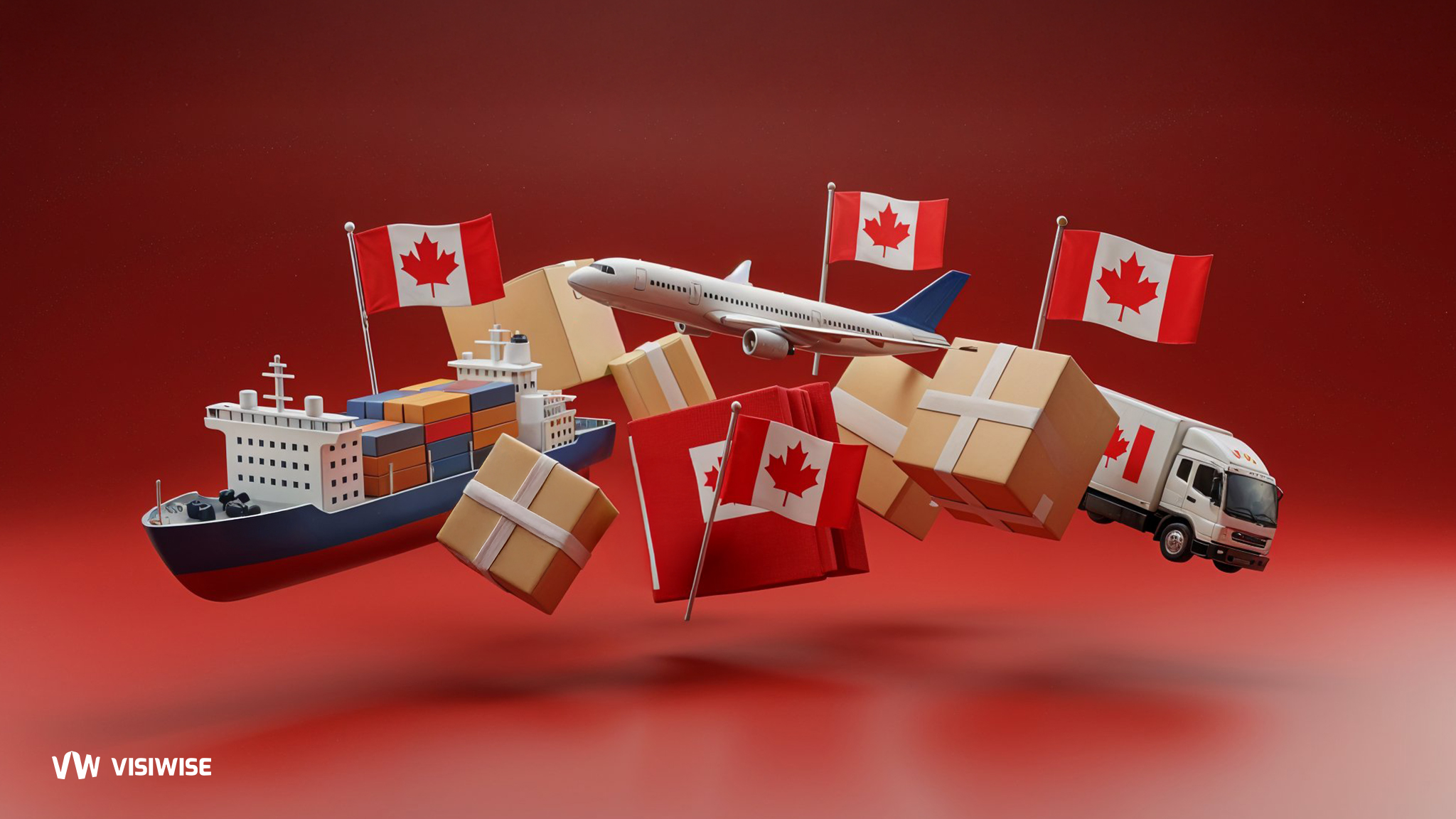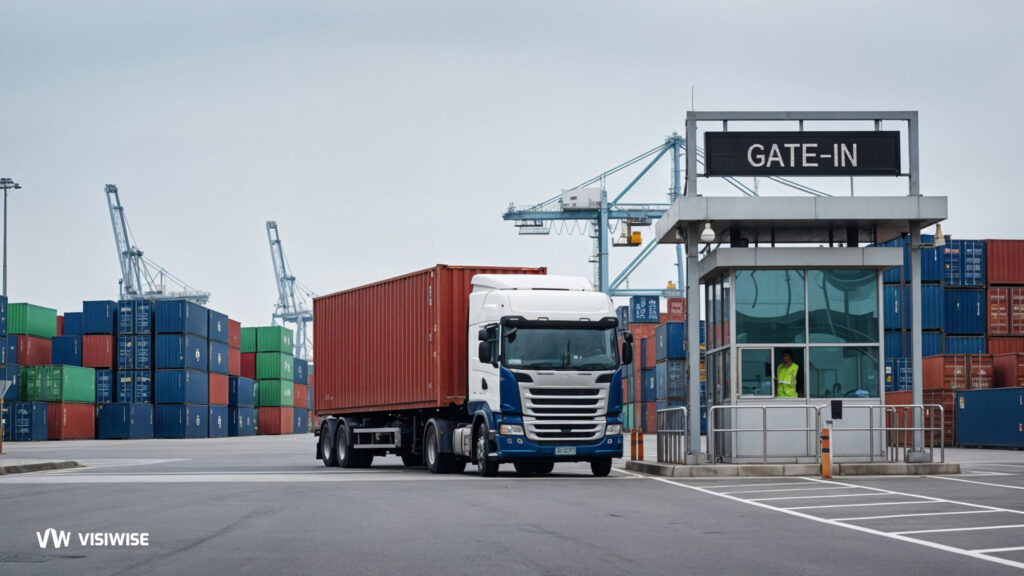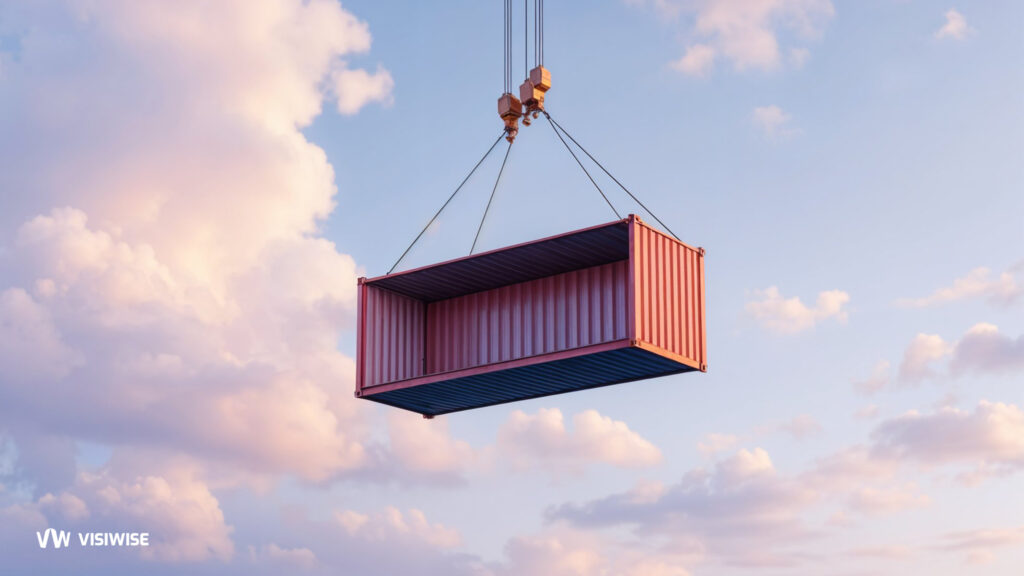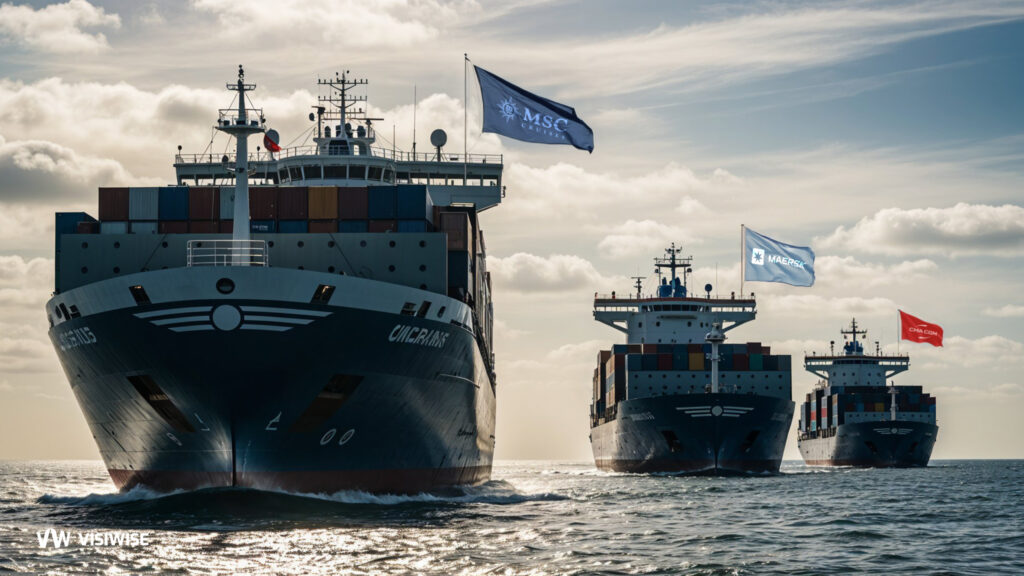Online shopping in Canada has exploded, but the process of taking an order from a screen to someone’s doorstep is not as straightforward as it may seem. The enormous distance between population centers in Canada has created its own problems when it comes to fulfillment. Shipping a package from Toronto to Vancouver is not the same as delivering across town — and serving customers in smaller or more remote communities presents its own set of challenges.
At the same time, Canadian consumers have been conditioned to expect swift, dependable delivery through the example of global juggernauts such as Amazon. Behind the scenes, fulfillment is a complex combination of warehouses and carriers coordinating to make things run smoothly. Whether it’s a big fulfillment center close to a major city or a local courier company executing the last mile, each step helps ecommerce function across Canada’s enormous geography.
What is ecommerce fulfillment?
Fulfillment is everything between when a customer places an order and when that order is delivered — inventory storage, picking & packing, shipping, returns processing, etc. When you use a fulfillment (3PL = third-party logistics) partner, they take care of those tasks for you.
How does ecommerce fulfillment work?
Ecommerce fulfillment is one of the more logistically complex parts of running an online store, and big corporations pour millions into making their fulfillment process more efficient. There are multiple moving parts involved in fulfilling orders, but the six main procedures are:
- Inventory management. This is the process by which an ecommerce business orders and stores raw materials, components of a product, or finished products themselves. Most ecommerce outfits don’t manufacture their own products, so inventory management is a critical part of the fulfillment process. You have to know what products you have on hand before you can fill a customer’s order.
- Warehouse storage. This is the process by which products ready for sale are stored for later shipment. You may store products yourself, if you have the capacity, or outsource this to a third-party warehousing service.
- Receiving orders. At this stage, your company receives orders from customers.
- Packaging. This is the process of preparing products for shipping. This may involve wrapping products in branded packaging, as well as packing products in protective material to ensure they do not get damaged in transit to the customer.
- Shipping. Shipping entails selecting and paying for the appropriate postage or private shipping service to transport products from the warehouse to the end customer. Customers expect to get an estimate of shipping times before they purchase, and for those time frames to be met. One of the biggest upsets to the customer experience is unforeseen delays in shipments. If you can offer two-day shipping, great! But if you can’t, be sure to communicate a realistic time frame to your buyers at the outset.
- Returns. Returns is the process by which unsatisfactory items are shipped from the customer back to the warehouse for processing, cataloging, and possibly resale and reshipment.
Key factors to consider in Canada
Geography: Canada is so large! While some provinces have heavy populations, most of the country is spread out. Where you place your warehouses can make a big difference in delivery speed and shipping costs. Some of the more popular choices for warehouse location are the Greater Toronto Area (GTA), Montreal, Vancouver, and Calgary.
Shipping & Carriers: Across the vast stretches of Canada, shipping can become an expensive proposition. But using regional warehouses or several third-party logistics (3PL) locations may help trim your "last mile" delivery costs.
Cross-Border Considerations: If you sell to the U.S. or are importing goods, you have to manage customs, duties, taxes, and paperwork. In some cases, bonded warehouses can streamline the process.
Regulations: Certain products—like health articles, cosmetics, food, to name only a few—have to obey Canada’s laws. These requirements may include Health Canada licenses, labelling content regulation, and the necessity of accurately tracing expiration dates so that consumers know how old an item is before they buy one from any manufacturer.
Returns & Reverse Logistics: Handling returns properly—the physical examination, restoring to stock status of returned goods, and refunds if warranted (or inspections done by you or your agent)—is essential for crime prevention as well as maintaining customer satisfaction. On top of everything else, it could cost a lot more than you think depending upon how long they stay in inventory before they go back out again!
Volume & SKU Count: Many expenses are determined by the quantity of an order or the number of SKUs (storage, picking, handling). Individuals who sell low volume often end up, if anything, paying more per order.
Typical cost structure in Canada
Here are some typical fees you’ll encounter from 3PL/fulfillment providers in Canada:
| Cost Type | What it’s for | Ballpark costs / what can affect cost |
| Storage | Keeping inventory in the warehouse (per pallet, shelf, or square footage) | Storage is often $13-$24 CAD per pallet per month. If inventory isn’t palletized or is small, might be per unit or bin. |
| Receiving / inbound processing | Unloading goods, verifying, counting, putting into storage | Could be charged per pallet, per box or per unit. E.g. ~$7-$10 per pallet. |
| Pick & pack / outbound order processing | Picking items for an order, packing them, preparing for shipment | Often $2.50 for first item, ~$0.50 for additional items in the same order. Some providers charge ~CAD $4.50 per order for small orders. |
| Shipping / freight | Cost to send the package via carrier (Canada Post, FedEx, UPS, regional couriers) | Depends heavily on weight, dimensions, destination. Big factor in costs across provinces. |
| Kitting / custom packaging | If your product or brand requires special packing, putting multiple items together, branding, inserting extras | Usually extra fees, sometimes per hour. |
| Returns / inspection / restocking | Handling returned goods, checking condition, restocking or disposing | Often a fixed fee per return + labor. |
Three strategies for ecommerce fulfillment
Ecommerce retailers have several options for fulfillment: You can do it yourself, forward orders to others for fulfillment, or completely outsource to a third party. Each path can be customized depending on the particularities of your own ecommerce business’s needs.
In-house fulfillment
In-house fulfillment involves a business fulfilling orders within its own facilities, using its own labor, technology, and other assets, without help from a third-party fulfillment company. For example, say you own a brick-and-mortar clothing store with a corresponding ecommerce store and you rent a large storefront with a spacious spare room in the back. You might use that spare room to store additional inventory (beyond what’s on the floor) and to pack your online orders prior to shipment. Since the USPS visits your shop every day to drop off mail, you also hand over outgoing items to mail carriers.
The appropriateness of in-house ecommerce fulfillment for your business will depend largely on your inventory volume. If your operation is lean, fielding less than 100 orders a month, in-house order fulfillment may be an efficient option for you.
Advantages of in-house ecommerce fulfillment include ease of implementation, low startup costs, control over packaging style and branding, and control over fulfillment processes and customer support. You may also qualify for lower shipping costs by signing up for bulk postage services. Downsides include difficulty scaling, diverted labor and time consumption, limitations on storage space and labor, and reliance on full-price shipping.
Dropshipping
Dropshipping involves forwarding orders from your online store directly to a product supplier or manufacturer who picks, packs, and ships orders to customers on your behalf. The retailer (you) comes into no actual contact with the merchandise—no one involved with your company will need to store, pick, pack, or ship inventory. The supplier manages the entire process after point-of-sale. Your profits are generated by paying lower, discounted, or wholesale costs to the supplier, and charging the customer a premium for your own branding.
Many ecommerce businesses that sell imported cosmetics or clothing in the US rely on the dropshipping model. Korean products are especially popular, and by ordering makeup directly from a dealer in Seoul, for example, and forwarding those shipments directly to the client, retailers cut out the time-consuming process of importing, storing, and merchandising these orders themselves.
The advantages of dropshipping are its low startup cost. Overall costs of order fulfillment are also lower, as the process is streamlined by leaving everything to the supplier. You also accept lower risk of loss by only paying the supplier for what customers have already ordered.
The downside of dropshipping is that you relinquish control over the shipping and handling process to the supplier—their process might be efficient, or it might be disastrous. If the customer receives a broken item, or the shipment is excessively delayed, poor customer experience can result in complaints and bad reviews that ultimately impact your sales.
Third-party logistics
Third-party logistics (3PL) is a fulfillment service model where a provider hired by your company manages the entire fulfillment and shipping process and manages your supply chain. Elements of the supply chain managed by a 3PL service include sourcing, inventory storage, inventory and order management, freight forwarding, shipping the order, receiving, distribution, customs, cross-docking, picking, and packing.
3PLs are popular with fast-growing startups with small product ranges that sell direct-to-consumer. Companies at this stage might have a huge amount of orders, but haven’t yet built the physical capacity to handle fulfillment in-house.
The benefits of outsourcing to a 3PL service exist where your ecommerce company lacks the resources to efficiently store, pack, and ship inventory. Perhaps your orders are outpacing your capacity to fulfill them. If so, you can outsource the process, which frees up your team’s time and resources to focus on other essential aspects of the business.
Other benefits of utilizing a 3PL service include the opportunity to leverage the third-party company’s supply chain management expertise, reduced operating costs due to not having to warehouse or coordinate shipment for orders yourself, and optimized shipping and return processes. This option is also the easiest to scale.
The disadvantages of working with a 3PL service is that you relinquish some control over shipping processes and returns. You will be at the mercy of the pace and deadlining dictated by the service.
Examples of fulfillment / 3PL companies in Canada
Here are some Canadian fulfillment providers and what they offer:
| Provider | Key features / strength |
| Shiporo (Montreal, QC) | Transparent pricing, no minimum orders, covers cross-border too. |
| PFS Commerce | Multiple fulfillment centers, near Toronto, good cross-border capabilities US ↔ Canada. |
| MagicShip | 1-3 day delivery across Canada, same-day shipping if before cut-off time, integrates with ecommerce platforms like Shopify, Amazon. |
| Stalco | High volume B2C fulfillment, multi-channel, same day order processing, compliance in health & beauty. |
| GB Micro Logistics | Tailored 3PL, warehousing, inventory monitoring, good ecommerce platform integrations. |
| Ecommerce Fulfilment (Mississauga, ON) | Canadian fulfillment center with strong software, returns processing, good accuracy & dispatch speed. |
What are realistic rates / benchmarks in Canada
To give you a rough sense:
- For a small direct-to-consumer order (one small product, light weight), picking & packing might cost CAD $2-$5 depending on the provider and packaging.
- Storage per pallet/month something like CAD $13-$24. If your product is small and you store many SKUs, you’ll likely get charged per bin or shelf which may or may not scale linearly.
- Shipping across provinces tends to get expensive; for example, from Ontario to BC, ground shipping of a few kg can be pretty high. Using multiple warehouse locations helps.
- Getting better rates often requires volume — once you hit a threshold of orders/month, many providers offer “high volume” or “discounted tier” pricing.
Final Thoughts
Ecommerce fulfillment in Canada is all about balance — between speed and cost, reach and reliability. For businesses that get it right, it’s not just about moving products, but about building trust with customers across a country as vast and diverse as Canada.



